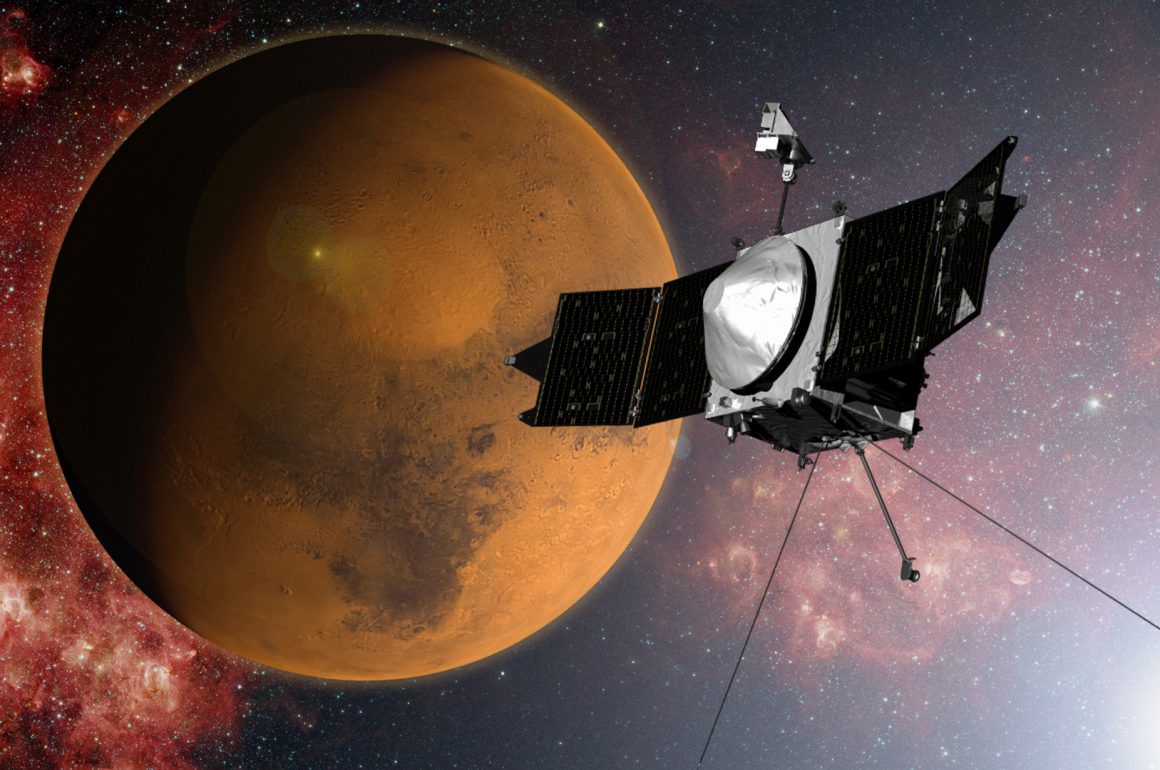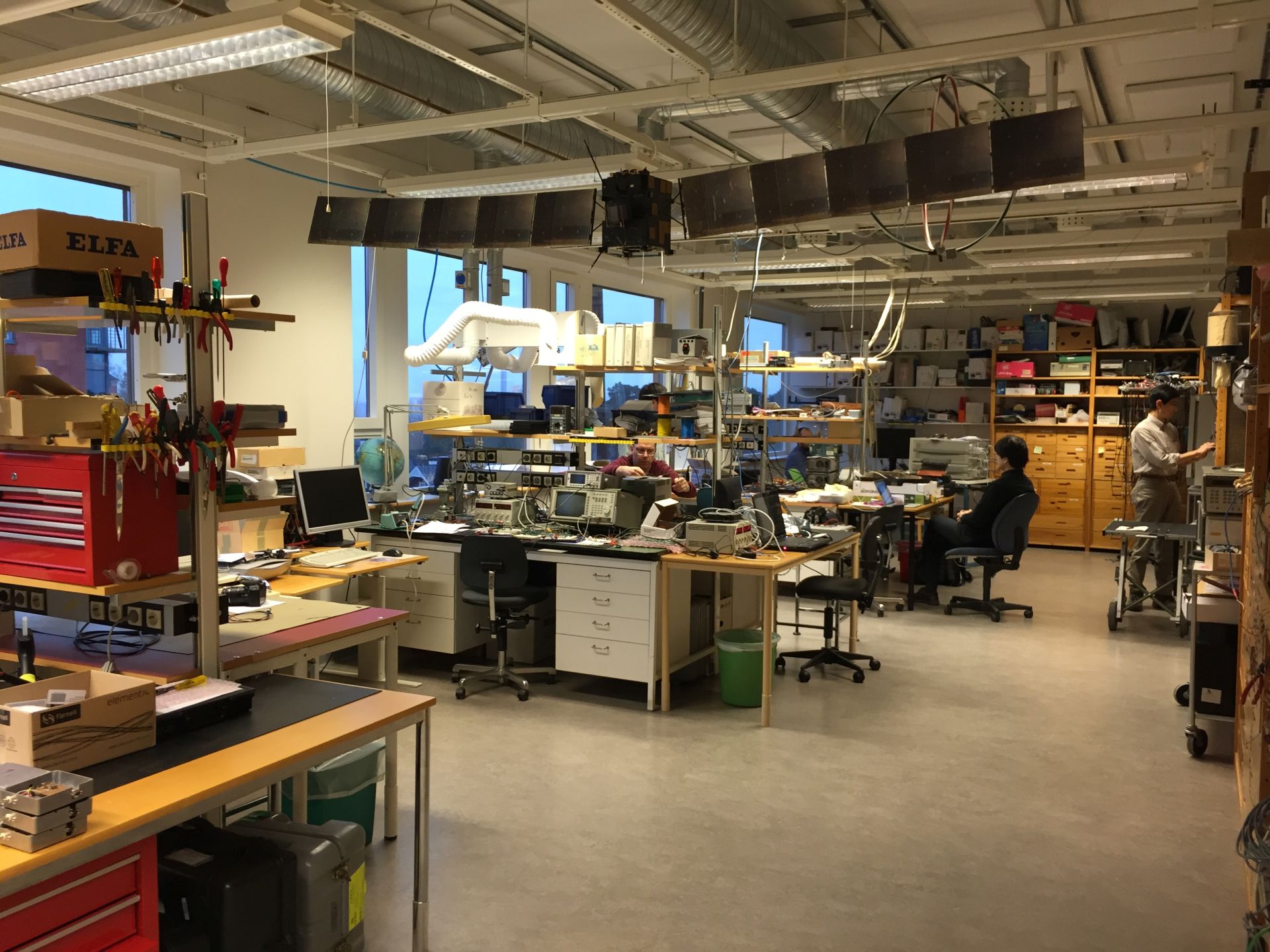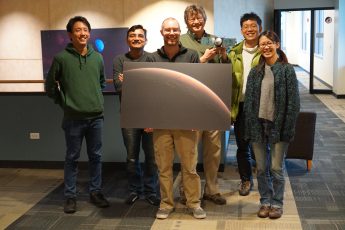Modeling of SEP precipitation into the martian atmosphere

Solar Energetic Particles (SEPs) are electrons, protons, and heavy ions with energies ranging from a few keV to a few GeV that are ejected by solar flares and coronal mass ejections, and they propagate through interplanetary space and descend into planetary atmospheres, causing ionization, dissociation, and heating of atmospheric molecules. When a large SEP event occurs, the dissociation of oxygen and nitrogen molecules in the polar regions of the Earth increases NOx and HOx, and ozone is reduced by about 50%. In contrast to Earth, where the effects of SEPs on the atmosphere have been well studied by both observation and theory, the effects of SEPs on the Martian atmosphere have not been studied in detail by both observation and theory. In this study, we use numerical simulations to investigate the effects of SEPs on the Martian atmosphere.
What is the difference between Earth and Mars in studying the effects of SEPs on the Martian atmosphere? On Earth, the effects of SEPs are limited to the polar regions due to the presence of intrinsic magnetic fields, but on Mars, where there are no intrinsic magnetic fields, SEPs can penetrate directly into the atmosphere and their effects are global. Recent observations by the MAVEN spacecraft revealed a global diffuse aurora that distributed globally on the night side of Mars during the SEP event, and that SEPs had penetrated to an altitude of down to 60 km. This aurorae emission is thought to be caused by electrons, but it is also known that the theory cannot explain the observations accurately. We focus on proton accretion, which has not received much attention so far, to develop a theory that can explain the observation of aurorae emissions. In addition, we aim to develop a theoretical model to infer the effects of chemical composition changes, such as ozone, on the Martian atmosphere, which have been observed on Earth.
(Yuki Nakamura, 2st year PhD student)





